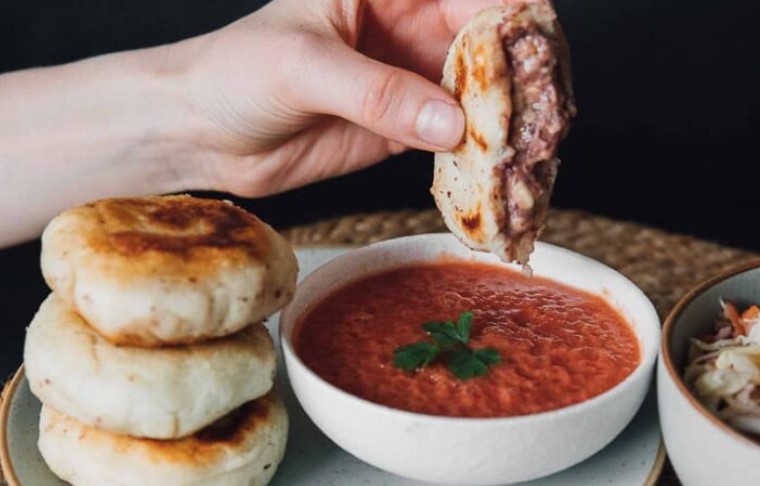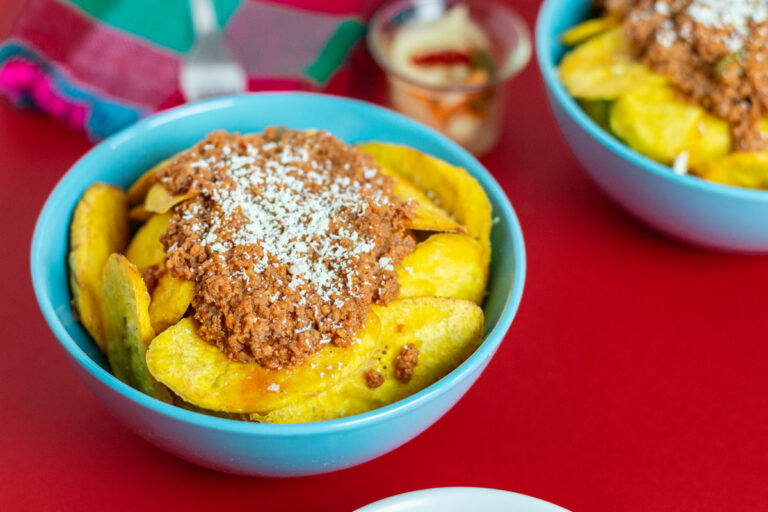Introduction: Exploring El Salvadoran cuisine
El Salvadoran cuisine is a rich blend of indigenous, Spanish, and Mayan influences, resulting in a unique culinary tradition that is both delicious and diverse. The country is known for its vibrant street food culture, which showcases a range of flavors and techniques that have been passed down through generations. From pupusas to tamales, El Salvadoran cuisine is a celebration of the country’s cultural heritage and traditions.
Indigenous influences on El Salvadoran dishes
The indigenous peoples of El Salvador, including the Pipil, Lenca, and Cacaopera, have had a significant influence on the country’s cuisine. Corn, beans, and squash are staple ingredients in indigenous cuisine, and these ingredients continue to form the backbone of El Salvadoran dishes such as pupusas and tamales. Indigenous cooking techniques, such as grilling over an open flame and using a molcajete to grind spices, have also been incorporated into modern El Salvadoran cuisine.
Spanish influences on El Salvadoran dishes
The Spanish colonizers who arrived in El Salvador in the 16th century brought with them a wealth of culinary traditions, which have had a lasting impact on the country’s cuisine. Ingredients such as rice, wheat, and pork were introduced, and Spanish cooking techniques, such as frying and baking, were incorporated into El Salvadoran cuisine. Some of the most popular dishes in El Salvador, such as chicharrones (fried pork belly) and empanadas (stuffed pastries), have their origins in Spanish cuisine.
Mayan influences on El Salvadoran dishes
The Mayan civilization, which once ruled much of Central America, left a lasting impact on El Salvador’s cuisine. Chocolate, vanilla, and chilies were all introduced to the region by the Mayans, and these ingredients are still widely used in El Salvadoran cuisine today. The Mayans also developed complex cooking techniques, such as roasting meat underground and using achiote paste to season dishes, which have been incorporated into modern El Salvadoran cooking.
Common ingredients in El Salvadoran cuisine
Corn, beans, and squash are the three main staple ingredients in El Salvadoran cuisine, and are used in a wide variety of dishes. Other common ingredients include rice, tomatoes, onions, garlic, and various types of meat, including pork, chicken, and beef. Spices such as cumin, oregano, and achiote are also widely used, as are herbs such as cilantro and parsley.
Notable El Salvadoran dishes and their origins
Pupusas are perhaps the most iconic El Salvadoran dish, and are believed to have originated with the indigenous Pipil people. These stuffed corn cakes are typically filled with cheese, beans, or meat, and are often served with curtido (pickled cabbage) and salsa roja. Other popular dishes include tamales, which were likely introduced by the Mayans, and chicharrones, a Spanish-inspired dish of fried pork belly.
The significance of food in El Salvadoran culture
Food plays a central role in El Salvadoran culture, and is often used to bring people together and celebrate important events. Many El Salvadoran dishes, such as pupusas and tamales, are traditionally made and shared as a family, with each member contributing to the preparation. Street food vendors are also a common sight in El Salvador, and the country’s vibrant street food culture is a reflection of the importance of food in everyday life.
Conclusion: Celebrating the diverse influences in El Salvadoran cuisine
El Salvadoran cuisine is a testament to the country’s rich cultural history, blending indigenous, Spanish, and Mayan influences to create a unique culinary tradition. From pupusas to tamales, El Salvadoran dishes showcase a range of flavors and techniques that have been passed down through generations. Whether enjoyed at home with family or on the streets with friends, El Salvadoran cuisine is a celebration of the country’s vibrant culture and traditions.


